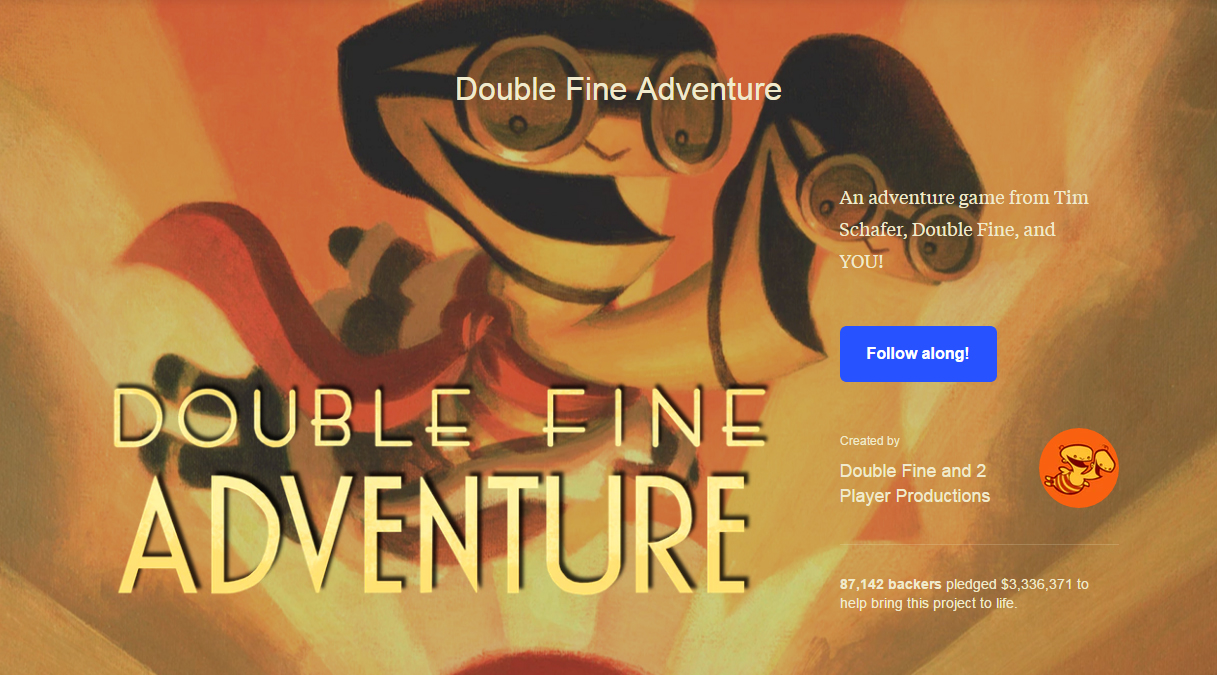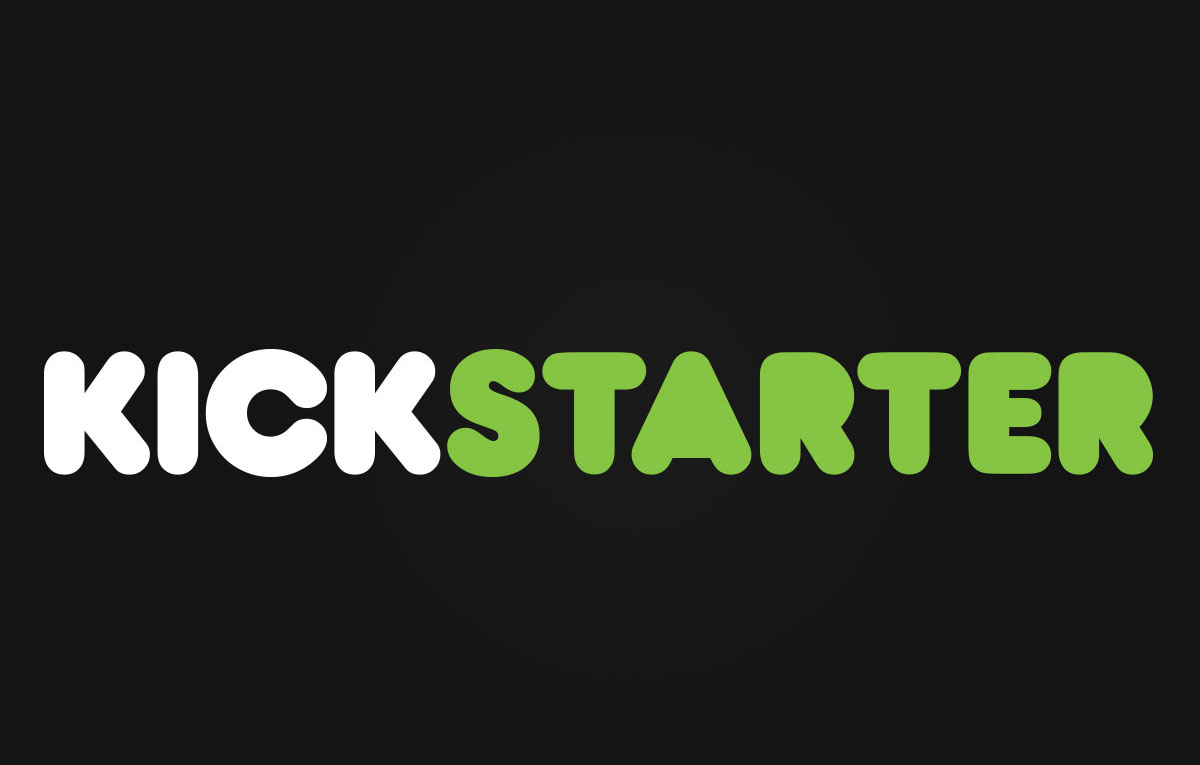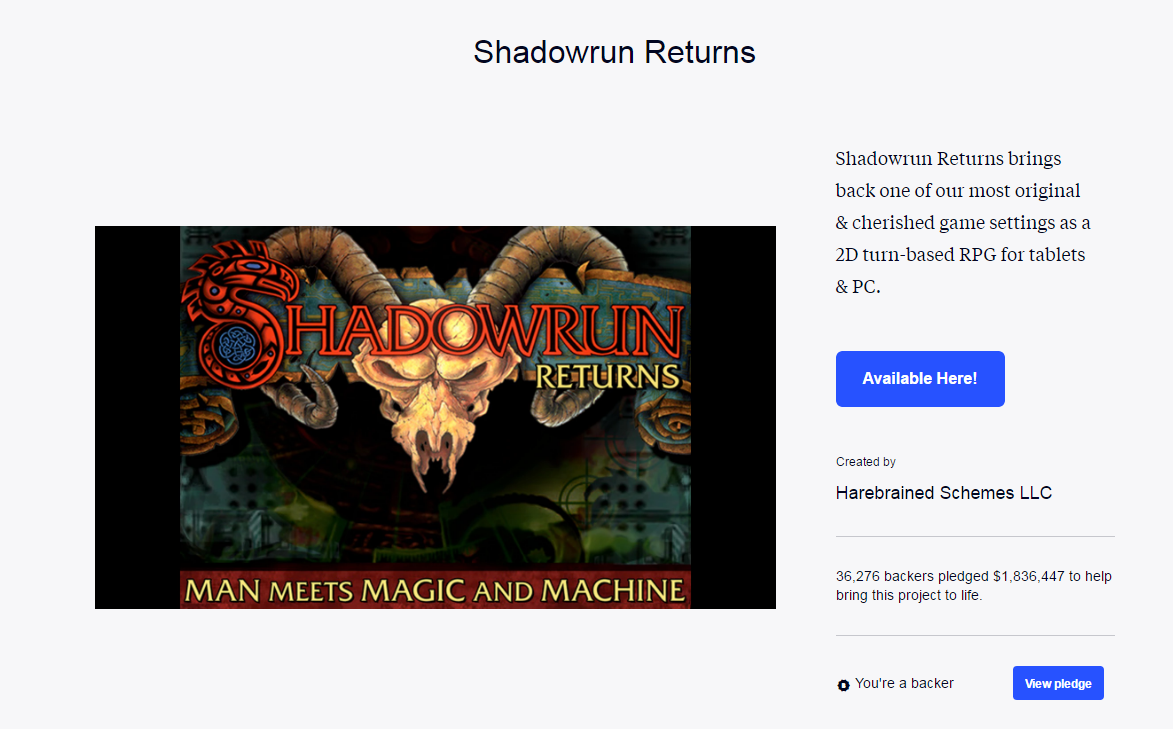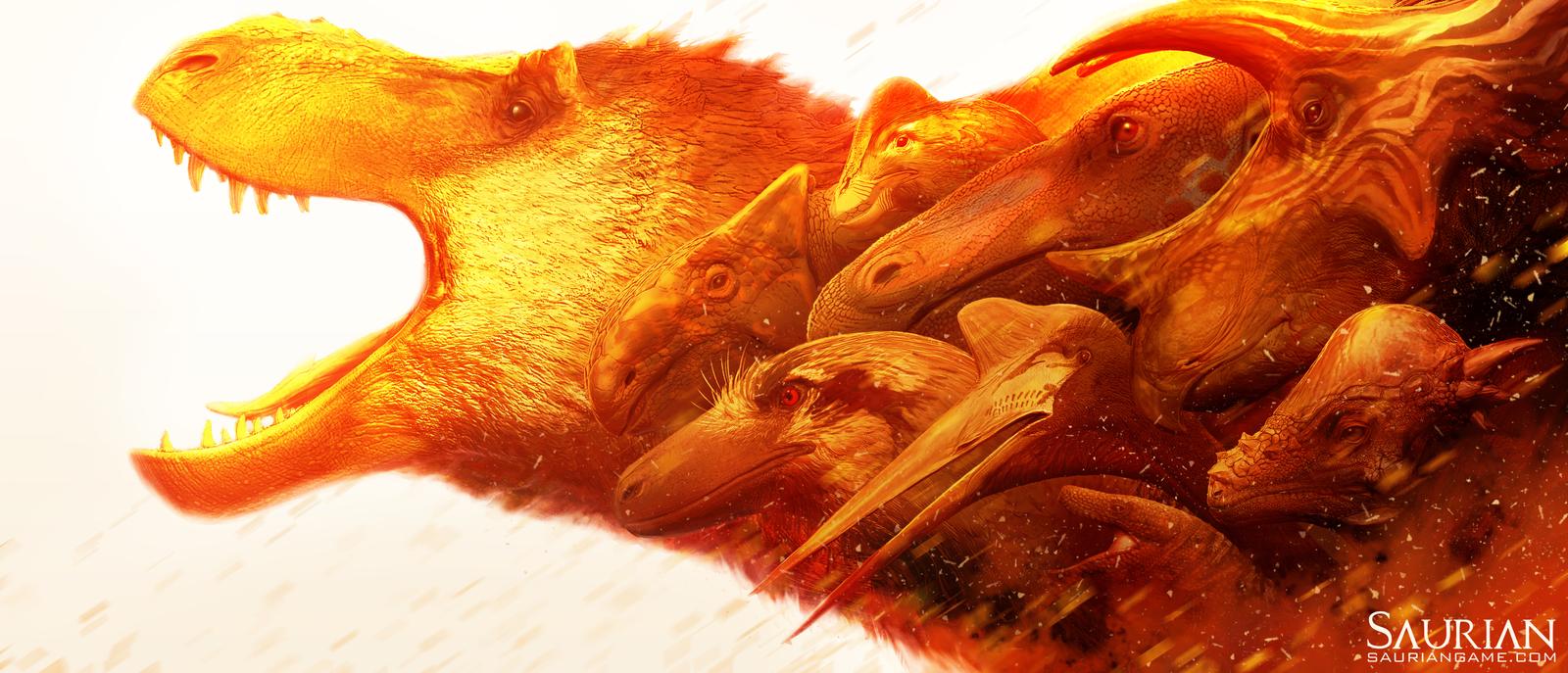After listening to a three part special podcast from my friends at Back Seat Designers, I got to thinking about the early days of Kickstarter. Or at least the early days of the “Kickstarter bubble.” This was a time where anyone with an idea could conceivably get their project funded without much problem. The site, and crowdfunding in general, had been around for a while by 2012. It just wasn’t until Tim Schafer arrived on the scene that it became a household name.
 During the following two years or so, quite a few games were funded using this model. Sure, a good number failed as well, but in the end this was the time of the “big indies.” From early 2012 through most of 2013, a project could easily get six digits on little more than a premise alone. A few managed to breach seven digits, in the case of the bigger names like Schafer and Brian Fargo. Even smaller projects were able to knock out a couple stretch goals without much problem.
During the following two years or so, quite a few games were funded using this model. Sure, a good number failed as well, but in the end this was the time of the “big indies.” From early 2012 through most of 2013, a project could easily get six digits on little more than a premise alone. A few managed to breach seven digits, in the case of the bigger names like Schafer and Brian Fargo. Even smaller projects were able to knock out a couple stretch goals without much problem.
A lot of projects went through Kickstarter during this “peak period”. Both big and small campaigns managed to get funding relatively easily. Even lesser known companies like Infamous Quests (Quest for Infamy) and Warbird Games (Jack Houston) received respectable amounts. Unfortunately, a good number of projects also failed to come close. HeXit, Sam Suede, and other adventures were plagued with very little funding.
I go into a bit more detail in an latest episode of the Space Quest Historian podcast, but I wanted to do a bit of a history lesson during this important period of crowdfunding. This “bubble” grew until it seemed to pop around 2014. Or at least it started to deflate. In either case, it’s become harder to get an idea funded today. Even those with a solid pitch struggle to get even the base goal. But, that’s a story for another time.
Bursting the Bubble
From Double Fine Adventure to Shadowrun Returns to the Sierra titles like Leisure Suit Larry Reloaded on, we’ve seen a lot of games make it through sites like Kickstarter to varying degrees of success. The bursting of the bubble seemed to occur around the time when several titles had yet to be released. Even today, there are plenty games from this era waiting for even an alpha build let alone a public release.
Inconsistency in campaign quality, coupled with many games still in limbo, has caused backers to become wary of backing future titles. The bubble has essentially burst over the years, culminating in frustrated backers wanting to see something for their money. Less people are willing to trust crowdfunding until more is delivered, which in turn has caused more projects to flounder over time.
The “golden age” of crowdfunding has pretty much come and gone. The “newness” of Kickstarter has reached its peak and tapered off quickly. As mentioned in my analysis article on adventure games, fewer and fewer campaigns are seeing the runaway success earlier titles got. And until we see a better stable of quality games, I don’t see this bubble returning any time soon.
The Future of Crowdfunding?
Where does that leave us today? I’d say that Kickstarter is in a bit of a transition state right now. Fewer people are backing games, but that’s mostly due to the uncertain future of titles that still need to be released. As more projects see the light of day, how they’re received can mean the difference between a new bubble forming or the total collapse of crowdfunding, or (more likely) a normalizing of the entire sector.
I’m being a bit hyperbolic here, but the future of crowdfunding is really up in the air right now. Few news sites will cover anything but the biggest campaigns. This means smaller teams get left unnoticed by all but the most specialized sites. Back in 2012, you’d see more mainstream coverage by a lot of gaming sites. Today, not so much.
The history of Kickstarter goes much deeper than this basic look at the past. However, based on what I’ve seen since becoming a serial backer this is a good start. Perhaps I’ll dig deeper in the future to look at trends, but for now know this: Crowdfunding has waned quite a bit in popularity, but bubbles always burst, and bubbles can be blown up again. Only time will tell how this phenomenon pans out in the future.






I really do highly recommend listening to both the Back Seat Designers (http://www.backseatdesigners.com/ ) and Space Quest Historian (https://spacequesthistorian.com/ ) podcasts. For those interested, I’ve ran a season-long “crowdfunding tips to succeed” series in the Historian’s series.
It’s not just Kickstarter IMO, but the whole indie industry. It’s pretty clear indie games (even small ones) got much more coverage back then, but with more and more competition, it has become incredibly difficult to attract the attention.
Now, only big budget Kickstarter and indie games get coverage… You’ve got to be popular to become even more popular. It’s increasingly difficult to be a “starter” in this industry unless you already have a lot of money. Actually I’m glad I’ve already released one game at that point, because the situation will get even worse in the future.
Then again, occasionally some indies get suddenly popular while coming up from nowhere like Stardew Valley, so I guess it’s still possible.